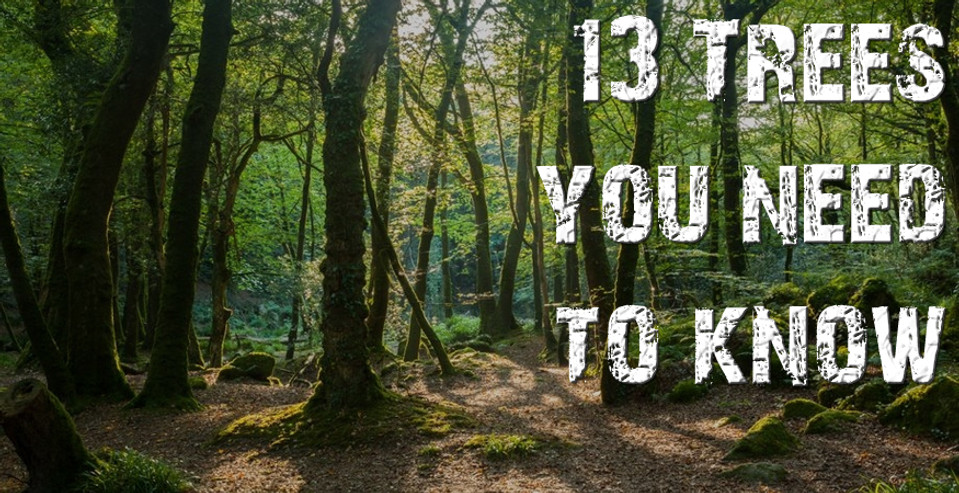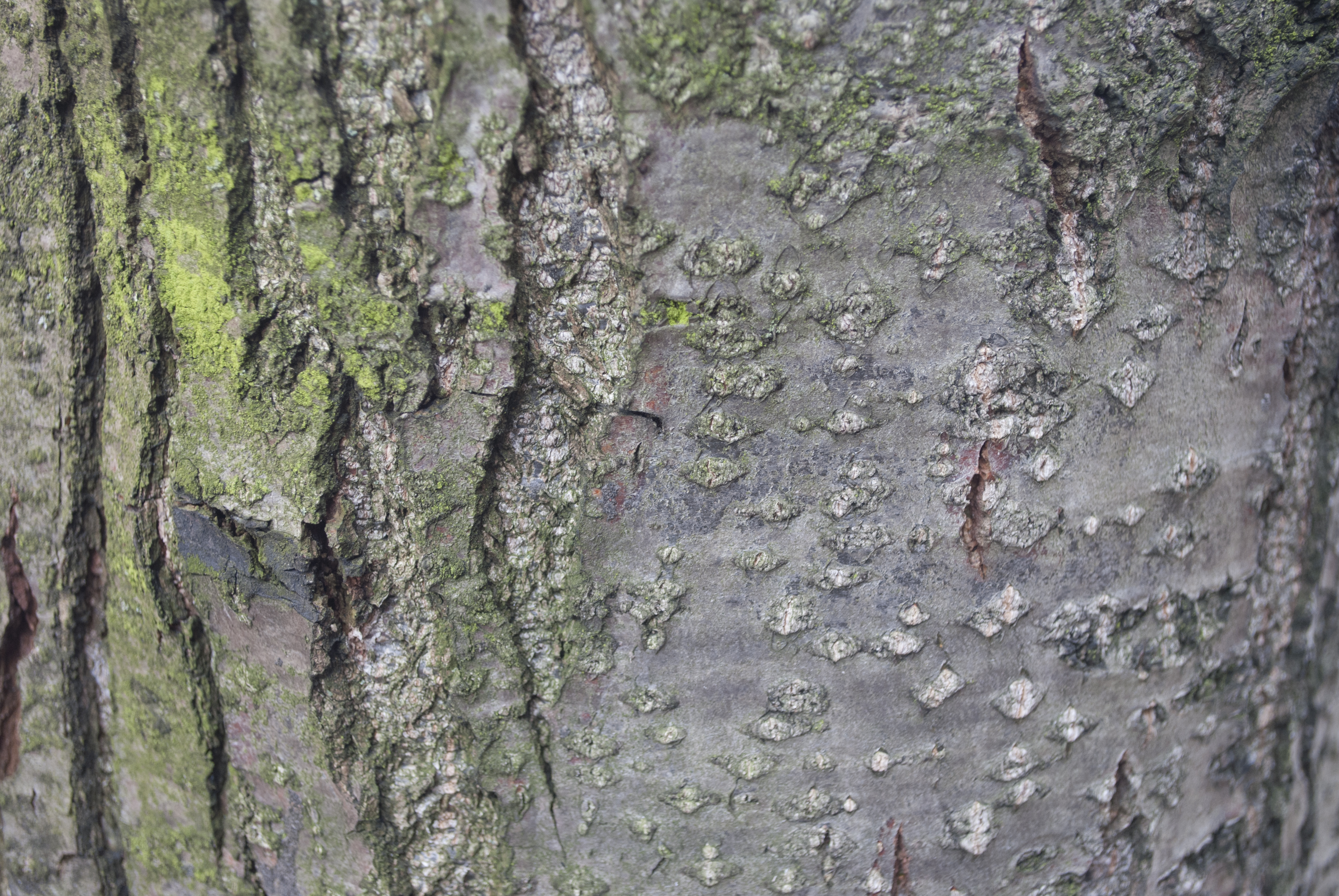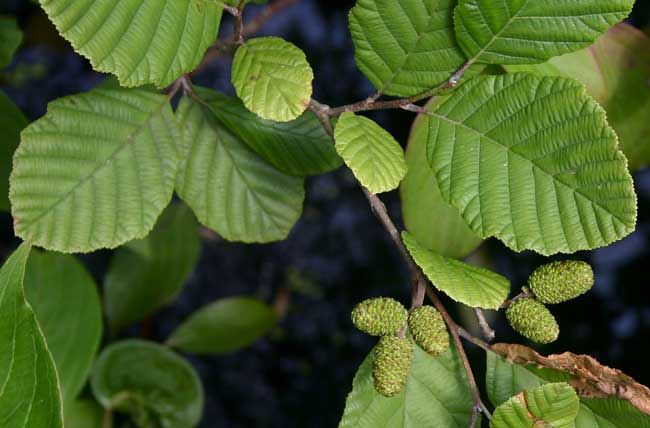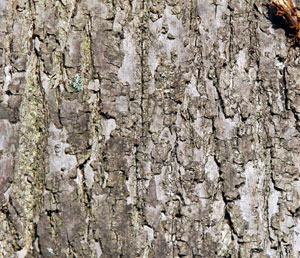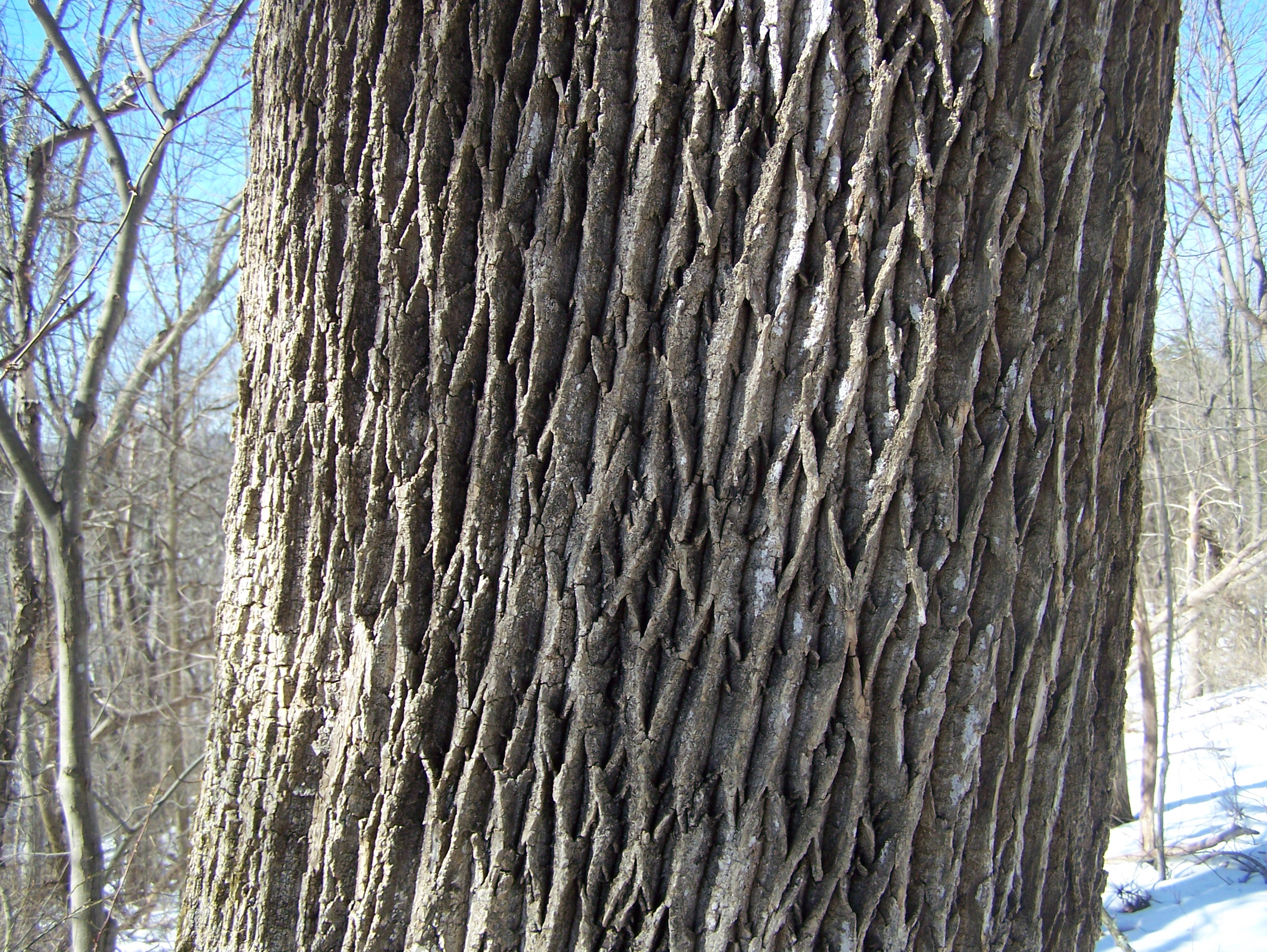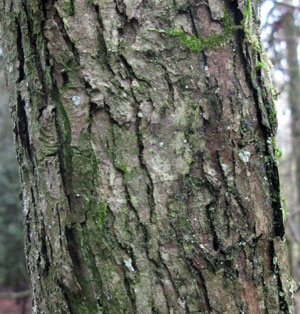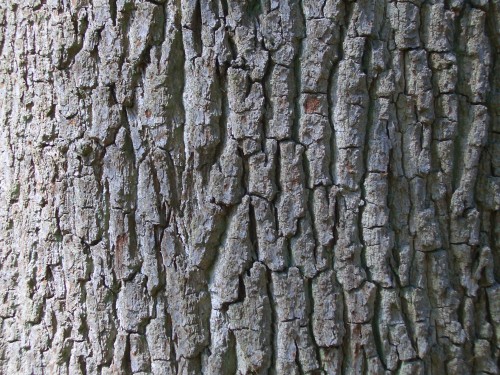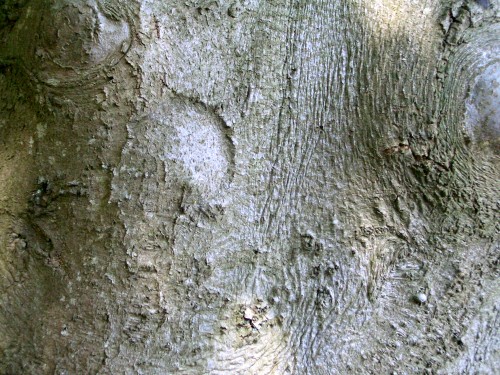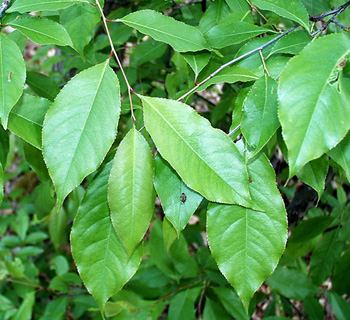13 Trees you need to know, and how they can help you
Posted by HH on 7th Sep 2015
Trees are awesome. They give us so much, yet it often goes unnoticed; oxygen, fruits, shelters, tools, desks, paper, this goes on and on. For all you outdoors types, you’ll know the benefits that trees can bring, but . . . do you know what each of the trees are good for and how each tree can help you whether it be for bushcraft or survival.
The awesome thing about British woodland is the range of species living on our tiny island. Not all are native, but whether they are or aren’t they still very much give value to bushcrafters and outdoorsman alike.
Learning to identify trees can be daunting at first, particularly at this time of year as deciduous trees are about to start losing their leaves. Characteristics such as leaf shapes and the appearance and texture of bark are still useful means of identifying particular species. It’s like anything though, the more time you spend looking and practicing identification, the quicker it becomes almost second nature.
In this post we will look at 13 of the most popular trees in the UK, and look at how you can spot, them and what they can be used for! To get you started here are 12 common and useful trees you are likely to encounter on your woodland wanderings…
Birch, silver (Betula pendula)
This is a pretty unmistakeable tree. It has a silvery bark, and really thin twigs, pretty distinctive really! The leaves on the tree aren’t particularly big either and usually arrow head shaped. Now, how can this tree be beneficial?
Uses:
Firelighter! The bark has a really, really high oil content. So this should be arguably one of your first choice of natural firelighter
The leaves a natural soap known as Saponin (really important to stay clean even when in the wilderness
The wood is also pretty good for whittling and making wooden tools such as spoons from
Hazel (Corylus avellana)
You should be pretty familiar with a hazel tree. It’s commonly been coppiced and use to line field boundaries and tracks/paths and has the ability to live for hundreds of years. Another interesting fact is that Hazel is monoecious which means a single tree has both female and male flowers. In terms of its branches, you will find they are extremely bendy and can be tied in knot without breaking. The leaves of Hazel are distinctive, being racket-shaped with a defined point and a rough texture.
Uses:
Straight poles for making anything from tent pegs to camp gadgets
An excellent source of withies for strong bindings; Very bendy branches
Edible nuts (hazelnuts)
Common Alder (Alnus Glutinosa)
Alder is a common tree that thrives in damp and wet environments. They are often found beside rivers and streams, where their roots help prevent soil erosion and hold the banks of the rivers together. Its bark is rough and fissured, and its leaves are dark green, relatively smooth and raquet-shaped but lack the point of hazel leaves. Another interesting point to make is that they are usually covered in lichen too.
Uses:
Friction fire-lighting;
A good indicator of water sources
Wood for smoking meat and fish
Able to withstand rotting in water
Goat Willow (Salix caprea)
Like Alder, varieties of Willow also tend to grow in damp places. Often Willows are hard to identify due to hybridisation which means they breed with each other. One of the easier species to spot is Goat Willow. The bark has some distinctive diamond shaped fissures which are developed with age. The leaves on this tree are a very long oval shape with a felt-like coating of grey hairs on the underside. The particular species of Willow has very distinctive furry-looking flowers, or catkins, in the spring. These sprout from a simple, quite large, chestnut-brown bud, which is also pretty recognisable.
Uses:
Friction fire-lighting; Lights easily and good fuel source
Bark contains a natural form of aspirin (Salicin)
Inner bark for cordage.

 Lime, common (Tilia x europaea)
Lime, common (Tilia x europaea)
There are 3 main types: Small-leaved, long-leaved and common (hybrid). They have a pale grey coloured bark which is smooth to look at. The tend to have small leafy shoots towards the base of the tree. The leaves of a lime tree are pretty recognisable being a heart-like shape and are very flimsy. In the Autumn you’ll notice that the leaves turn a very dull yellow colour before dropping off the tree. The bark of a lime tree is often used in the making or role and cordage, which makes it extremely useful to us outdoor sorts.
Uses:
Inner bark for cordage
Friction fire-lighting
The wood doesn’t warp so good building material
Young leaves are edible
Sycamore (Acer pseudoplatanus)
Sycamore trees are pretty aggressive in terms of colonisation. So much so though it does get referred to as a weed. The leave on a Sycamore are very distinctive, and aren’t too dissimilar to its cousin the Maple tree. Its buds are also distinctive, being quite large, green and egg-shaped with scales in opposite pairs. Even more distinctive are its wing nut shaped seeds (you know the ones that spin as they fall). Sycamore bark starts smooth and stays this way until trees are quite mature, when it becomes cracked and scaly.
Uses:
Friction fire-lighting
The wood is durable yet light – excellent for carving utensils
Ash (Fraxinus excelsior)
Ash is probably one of the most common trees you will find the British woodland. However, in recent years it’s been massively affected by a disease known as ‘Chalara ash dieback’. On a useful note these trees are also amongst the tallest type you’ll find in the UK (up to 35m). They have a grey bark which become fissured and cracked with age. The leaves of Ash are compound leaves made up of numerous (usually 4 to 5) opposite pairs of leaflets and one terminal leaflet (see below pictures). The wood of the Ash tree is one of the toughest hardwoods making it ideal for heavy duty tasks.
Uses:
Excellent firewood
Ideal for making tool handles (good shock absorber)
Making bows
Rowan (Sorbus aucuparia)
Aka Mountain Ash, is a hardy tree that can withstand isolation and exposed conditions (mostly found wild in Scotland, but common thought UK). However, it is also at home deep in the forest, where it can grow into a sizeable tree. The leaves on this tree are similar to those of common Ash but have a greater number of leaflets. Rowan develops drooping bunches of bright red berries by late summer and has bright white flowers in the spring. While bitter and astringent raw, the berries flavour is much improved by cooking.
Uses:
Rowan berries can be made into Rowan jelly
Harder to carve than, say, Birch but very durable items result
Chestnut, sweet (Castanea sativa)
This species is rare in the North of the UK, but abundant in the South (Primarily South East). Coppiced for centuries this was an important tree for uses from charcoal to gunpowder to hop poles. Chestnuts are a popular nut, especially so during the Christmas period. These trees are still often coppiced, but if let to grow, they can grow to the size of a traditional Oak tree. The unmistakable thing you’ll notice about the nuts of the sweet Chestnut are that they are covered in prickly green cases. These are similar to the cases of the Horse Chestnut tree, but note only the Sweet Chestnut nuts are edible.
Uses:
Edible nuts (check you have the correct tree)
Wood is reasonably easy to work, but not as strong as other types
Inner bark makes good tinder.
Hawthorn, common (Crataegus monogyna)
A mainstay of many rural fence lines, the thorns form a natural deterrent to livestock. Its brilliant white flourish of blossom in late spring makes it unmissable. Hawthorn has distinctive, deeply lobed leaves. In the late summer it forms many bright red berries, which resemble small rose hips. The blossom and leaves are edible in spring, as are the berries later in the year.
Uses:
Very good firewood;
Edible leaves, flowers and berries;
Thorns for making fish-hooks.
Oak, English (Quercus robur)
The English Oak is probably the most well known tree across the UK. It’s also one of the most common. These trees are massive not just in height (20-40m) but also in the spread of their branches. When these branches die and fall, they make for excellent fuel for fires, which are ideal for roasting foods. There are hundreds of types of oak tree, and all are pretty similar and all of which form acorns (again unmistakable). Acorns can be eaten (worth learning some cooking techniques first though) and will provide good calories.
Uses:
Excellent firewood (heartwood)
Edible nuts (Learn how to process/cook them properly)
Bark contains tannin (used for tanning hides).
Beech, common (Fagus sylvatica)
These are also very big trees, but they are very susceptible to disease and falling apart. This means a couple of things: Firstly do not camp underneath one. Secondly there should be a rich supply of firewood underneath. Beech leaves are a great little food source after they emerge from buds. Beechnuts (Beechmast) are also edible nuts and provide great nutrition (more so when cooked).
Uses:
Edible nuts and leaves
Very good firewood
Pine, Scots (Pinus sylvestris)
Scots Pine is another majestic tree especially in the remnants of the ancient Caledonian forests. This is a very common and widespread tree, not only in the UK but right around the Northern Hemisphere. Like Silver Birch (first tree we looked at) this is a very useful tree to know, providing many things to a knowledgeable and able outdoorsman. Scots Pine can be differentiated from other conifers by its nature to spread more like a broad-leaved tree. This tree is one of the strongest softwoods available and a great building material. If you were making a fence, this type of wood is ideal.
Uses:
Source of Vitamin C – try making pine needle tea
Roots for bindings and tar
Turpentine-infused wood for making feather-sticks
Inner bark can be used for rope
Dried cones can be used as kindling for fires
Cherry, wild (Prunus avium)
This is another big tree growing up to 30m in height, with a dark reddish brown bark. The leaves are oval shaped with a pointed tip, they also have two red glands where the stalk meets base of the leaf. The flowers on the cherry tree are bright white and hang in clusters. After pollination these flowers then develop into cherries.
Uses:
Edible fruits
Great fuel for fires and gives off scented smoke
The 13 species and the few uses mentioned is just the tip of the iceberg. There are hundreds of tree types and uses, but after some research and practice we thought these were the most common ones you needed to know. (This article is based upon an article originally found on http://scouts.org.uk/news/2013/11/national-tree-week/)




